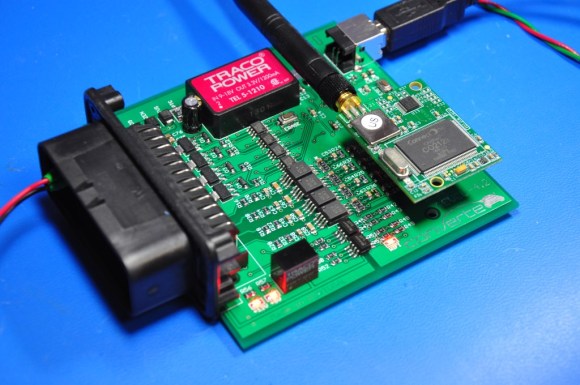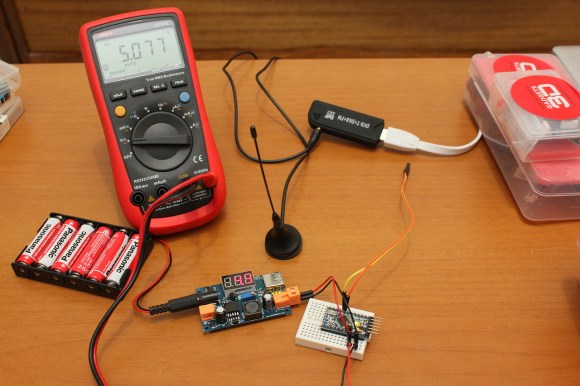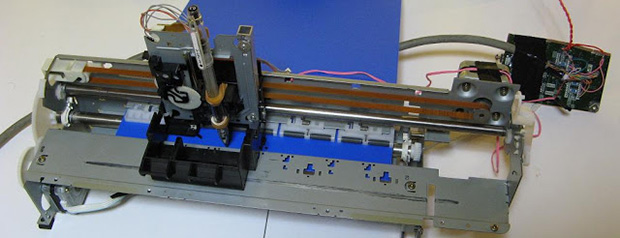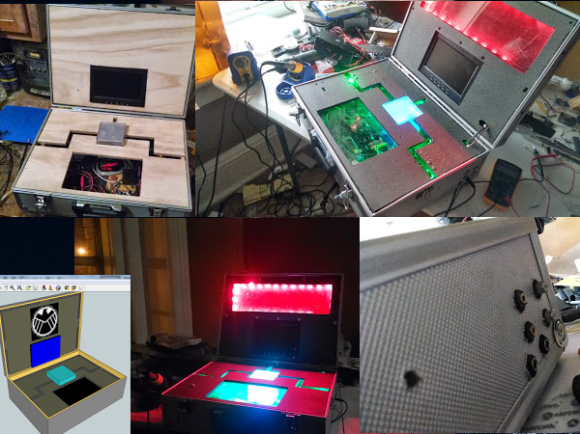Maybe because he didn’t want to wait for the Mooltipass to be produced, [davidhend] built himself his own offline password keeper, named Lynx.
It is based around an Arduino Pro 328, a 2.8″ TFT touch screen, an RFID card reader, an FTDI basic breakout and finally a li-ion battery. Lynx is therefore self-powered and uses an RFID card to later read the XOR-encrypted passwords located in a SD card. A USB serial connection is used to send the passwords to the computer, which also charges the battery. The current BoM cost is around $220 but we’re quite sure it can be made for much cheaper when not using pre-made boards. Looking at the official GitHub repository tells us that the XOR key is stored inside the microcontroller and that Lynx checks the RFID card code to allow encryption/decryption.
On a side note, we recently published a FAQ on the official Mooltipass GitHub. You’re welcome to let us know what questions we may have forgotten.


 [Bonnie] is majoring in CS at Princeton and minoring in Awesome. She is taking an electronic music class and had to produce a digital instrument for her midterm project. She and her friend [Harvest] came up with
[Bonnie] is majoring in CS at Princeton and minoring in Awesome. She is taking an electronic music class and had to produce a digital instrument for her midterm project. She and her friend [Harvest] came up with 













